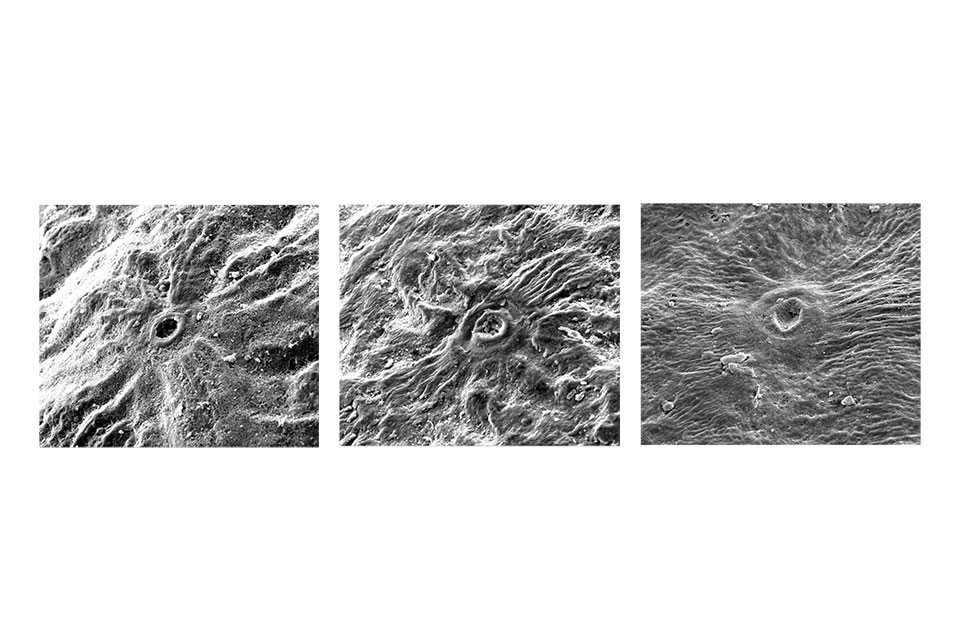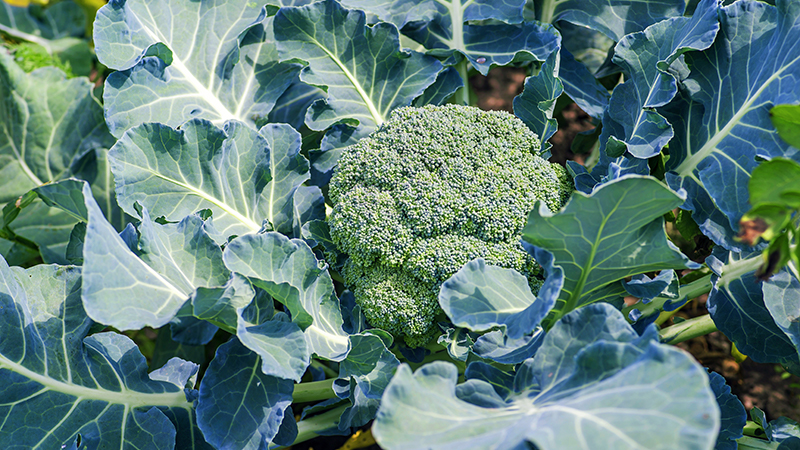Foliar Calcium in Blueberries: Silver Bullet or Snake Oil?
When it comes to blueberry nutrition, calcium dominates the conversation after nitrogen. This is due to the important role of calcium and its association with enhancing fruit quality. In particular, calcium is known to stabilize and strengthen cell walls. This cell wall strengthening can, in turn, promote fruit firmness and extend shelflife.
Growers often apply foliar calcium even when soil and tissue analyses indicate levels are sufficient. This is because sufficiency in soil and leaf tissues does not necessarily indicate that fruit calcium levels are sufficient for a given blueberry cultivar and/or production setting.
Calcium is relatively immobile within the plant and is transported by the water- and dissolved nutrient-conducting system known as the xylem. The physiology of calcium movement is important because it informs us where the nutrient is travelling within the plant and whether it is going to the leaves or the fruit.
In the case of calcium, it is preferentially being moved to leaves because they have a higher rate of transpiration and movement of water through them than fruit. Because of the preferential movement of calcium to leaves instead of where we often want it (i.e., the fruit), growers will apply foliar calcium with the goal of getting more calcium directly into the fruit.

Scanning electron microscopy images of stomata on the surface of ‘Elliott’ blueberry at early green (left), late green (middle), and fruit coloring (right) stages of berry development. As berries develop, wax produced on the surface can limit movement of calcium into fruit.
Photos by Fan-Hsuan (Joy) Yang
Impact on Blueberry
The practice of applying foliar calcium to improve fruit quality is not new. Apple growers frequently apply foliar calcium for better fruit quality and to avoid postharvest disorders like bitter pit. But what do researchers say about foliar calcium in blueberry?
The literature is mixed about the impacts of foliar calcium on fruit quality. Studies in Oregon and Washington have shown foliar calcium applied in various formulations, and at label rates, had no impact on fruit firmness, quality, or storage life. Yet work in Canada has shown that foliar calcium can help correct premature fruit drop in cultivars like ‘Draper’. Why do we see an impact of foliar calcium in some cases but not in others?
The answer likely relates to timing. Uptake of calcium in the fruit is likely driven by movement of water through stomata, which are small openings on the surface of leaves and fruit. Microscopic work led by Dr. Dave Bryla at USDA-ARS in Oregon reveals that blueberries have very few stomata on the surface, and they are concentrated near the pedicle (stem) end of the fruit. As fruit mature, these stomata become covered with surface wax naturally produced by the plant. This wax not only reduces transpiration and subsequent movement of calcium, but it also impedes the movement of foliar calcium into the berries.
This microscopic research underscores the importance of timing. Fruit stomata are open at early green stages of fruit development. As berries begin to change color, these stomata become completely covered with wax, meaning the green stages of fruit development are important application times for getting calcium into fruit. After color change, the likelihood of getting foliar calcium into fruit is very low.
The research highlights that foliar calcium is neither a silver bullet nor a snake oil. Rather, calcium is an essential macronutrient and, when applied at the right time and proper concentration, can play an important role in meeting a grower’s goal of producing high-quality fruit.
Like any agrichemical, caution is warranted when applying foliar calcium. Many formulations contain chloride, which can cause phytotoxicity issues in blueberry when applied at high concentrations. Therefore, always follow the label and monitor the crop to avoid the potential for phytotoxicity and to ensure you are getting the maximum potential benefit from this investment.










